 I can't figure out how to determine the max frequency at which a ripple counter functions properly.
I can't figure out how to determine the max frequency at which a ripple counter functions properly.
Asked
Active
Viewed 101 times
0
-
You'll need a better definition of "properly" for a start. – Finbarr May 20 '20 at 13:03
-
So that it can count as it is supposed too – ASZCWWQ1 May 20 '20 at 13:04
-
I also added the output of the ripple counter for two different frequencies. – ASZCWWQ1 May 20 '20 at 13:06
-
Ripple counters have their flaws: [propagation delay in asynchronous counter](https://electronics.stackexchange.com/questions/367154/propagation-delay-in-asynchronous-counter). It becomes more significant the faster you clock it. The point at which it becomes a problem depends what you're using it for. – Finbarr May 20 '20 at 13:11
-
Simple answer is the max clock frequency of the first flip-flop. – Finbarr May 20 '20 at 13:16
-
Can u explain why please? – ASZCWWQ1 May 20 '20 at 13:19
-
Because the first flip-flop is the one that has to run the fastest. The second one only has to run at half the speed of the first, and the third at half the speed of the second, and so on. – Finbarr May 20 '20 at 13:26
-
A [SN54L78](https://archive.org/stream/bitsavers_tidataBookVol2_45945352/1985_The_TTL_Data_Book_Vol_2#page/n373/mode/2up) for example, has an \$f_{max}\$ of 2.5MHz guaranteed, 3MHz typical. The 54**H**78 is 25MHz, so very much depends on exact part chosen. – rdtsc May 20 '20 at 14:16
-
I'm using 74HC76 – ASZCWWQ1 May 20 '20 at 14:21
-
Then find it's fmax in a datasheet. :) – rdtsc May 20 '20 at 14:22
-
See the [M74HC76](https://media.digikey.com/pdf/Data%20Sheets/ST%20Microelectronics%20PDFS/M74HC76.pdf) data sheet. Worst case is 21MHz, best case is 63MHz. – Dan1138 May 20 '20 at 18:22